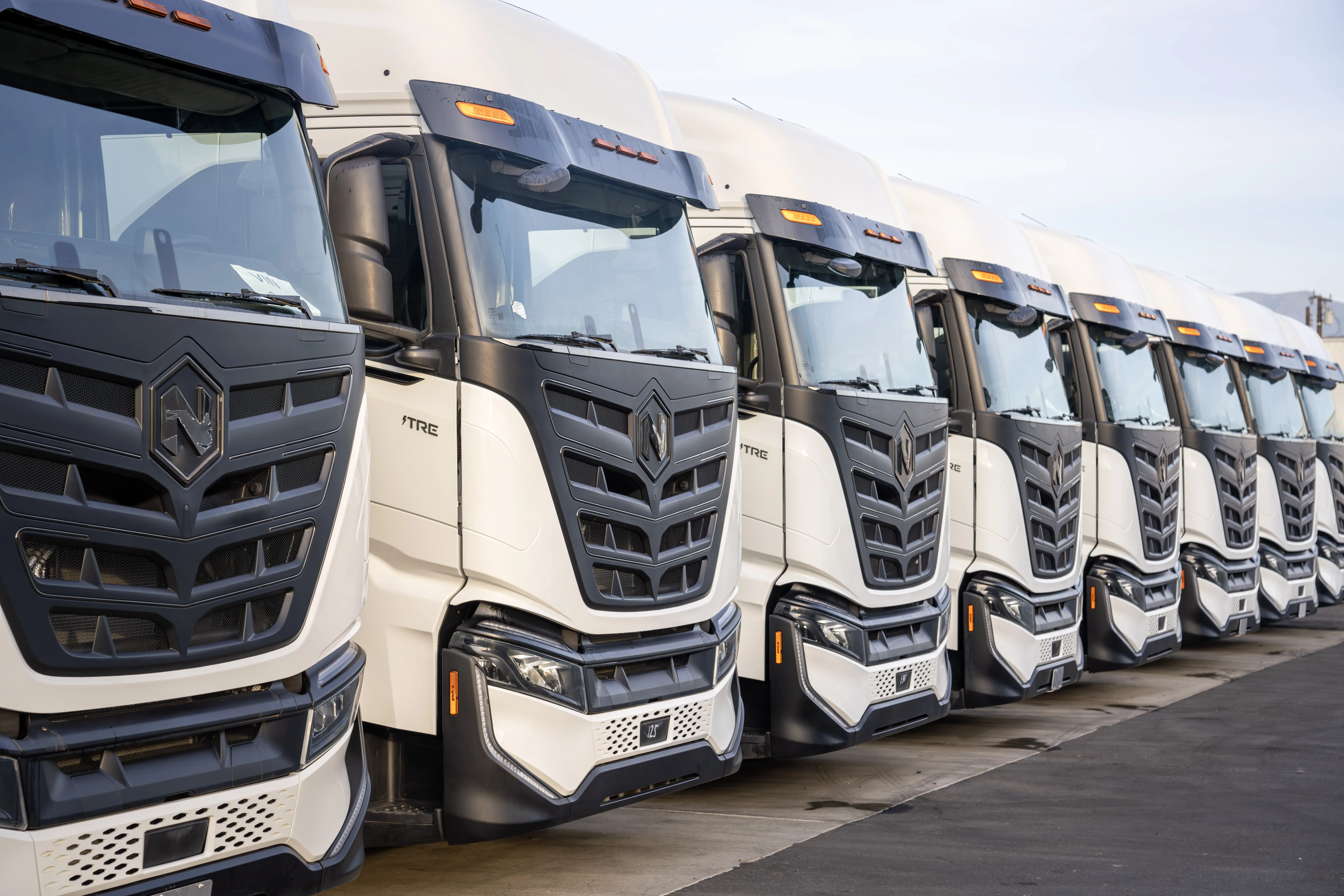Clean Ports: Understanding the $2.8 Billion EPA Initiative
Author: Nahui Olin, Lead, Fleet Incentives, Nikola

In October 2024, the Environmental Protection Agency (EPA) announced a $2.8 billion allocation through its Clean Ports Program to support zero-emissions port equipment and infrastructure. This significant investment represents a pivotal move to reduce environmental impact and foster sustainable growth in port cities across the United States.
This article builds on our previous coverage, 2025 Fleet Incentive Roadmap: 17 Key States Supporting Zero-Emissions Adoption, by offering a focused update on the EPA’s announcement and its implications for the future. Each awarded port will tailor these funds to their specific operational needs and sustainability goals.
Key State Updates and Initiatives
The following states have outlined substantial allocations for zero-emissions trucks and infrastructure, showcasing how these funds will transform port operations:
California
Port of Los Angeles: $411 Million
- Deploying 250 zero-emissions drayage trucks to enhance operational sustainability.
- Installing 300 new charging ports to support the growing fleet of zero-emissions vehicles.
- Developing electric cargo handling equipment alongside solar generation and battery energy storage systems to bolster energy efficiency.
- Implementing vessel shore power to reduce emissions from docked ships.
Port of Oakland: $322 Million
- Introducing 475 zero-emissions drayage trucks to support sustainable port operations.
- Utilizing both electric and hydrogen cargo handling equipment, showcasing a versatile approach to zero-emissions technology.
- Expanding charging infrastructure with solar generation and battery energy storage systems.
Port of San Diego: $58 Million
- Enhancing electric cargo handling equipment and deploying medium- and heavy-duty zero-emissions vehicles.
- Developing charging infrastructure to support the fleet of zero-emissions vehicles.
- Installing vessel shore power to reduce emissions across operational aspects.
Other States with Comprehensive Zero-Emissions Initiatives
Following California’s lead, several other states received notable funding for comprehensive zero-emissions projects:
New York and New Jersey: $344 Million
- The Port Authority of New York and New Jersey will enhance operations by deploying electric cargo handling equipment and drayage trucks.
- The funding includes the installation of vessel shore power to align with sustainability goals.
Maryland: $146 Million
- The Port of Baltimore will upgrade with electric cargo handling equipment and drayage trucks.
- Improvements include charging infrastructure and battery energy storage systems to support new zero-emission equipment.
Utah: $110 Million
- The Salt Lake City Intermodal Terminal will receive funding for electric drayage trucks, cargo handling equipment, and locomotives.
- Significant investments in charging infrastructure and solar generation will establish a sustainable logistics hub.
Illinois: $92 Million
- The Illinois International Port District will focus on electric drayage trucks, cargo handling equipment, vessels, railcar movers, and hydrogen locomotives.
- Projects include charging and hydrogen fueling infrastructure, solar generation, battery energy storage systems, and vessel shore power.
States Utilizing Funding for Zero-Emissions Infrastructure
Several states are dedicating their EPA funds primarily to developing charging and cargo-handling infrastructure at key ports, critical for supporting broader zero-emissions initiatives:
Delaware: $127 Million
- Funding will support the Port of Wilmington by developing electric cargo handling equipment and expanding charging infrastructure.
Hawaii: $56 Million
- The only state to receive funding specifically for hydrogen fueling infrastructure, which will be developed at Honolulu Harbor.
Georgia: $48 Million
- Investments will enhance electric charging and cargo handling infrastructure at transportation hubs, supporting medium- and heavy-duty zero-emissions vehicles.
Connecticut: $34 Million
- Allocated for advancing charging infrastructure at the Port of New Haven to facilitate the adoption of zero-emissions vehicles and accommodate electric cargo handling equipment.
Anticipating Changes and Opportunities in 2025
As these funded projects commence in 2025, we expect more detailed plans for their implementation to become clearer. This development phase will be crucial for fleets and operators to fully grasp and engage with the new opportunities presented by each port’s enhanced infrastructure.
Stay Updated and Prepared
Given the potential for administrative policy changes that could affect these programs, staying informed is essential. Sign up for our newsletter or follow our updates to stay connected with the latest information on zero-emissions funding opportunities as they evolve.
